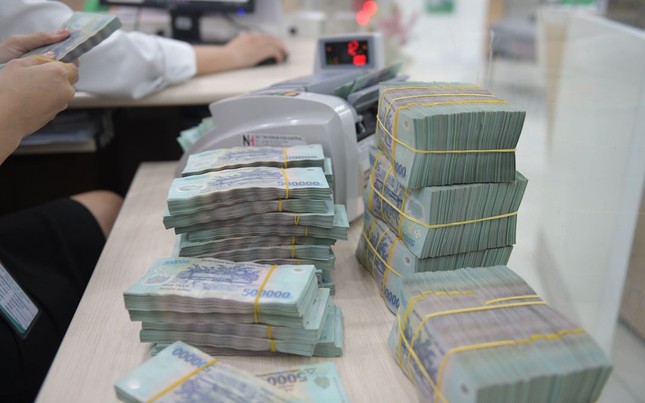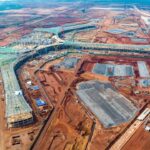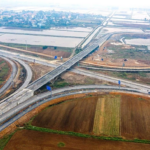After Four Months, Only 15% of the Disbursement Plan Has Been Achieved
The Ministry of Finance revealed that as of the end of April, the total public investment disbursement reached over 15% of the plan (over VND 130,000 billion). The disbursement progress has started to accelerate, but the result is still lower than the same period last year (over 16%). Among them, 10/47 ministries, central agencies, and 35/63 localities have a disbursement rate above the national average.
15 ministries and central agencies disbursed less than 5%, including the Ministry of Science and Technology, Ministry of Health, Ministry of Culture, Sports and Tourism, Hanoi National University, and Ho Chi Minh City National University. Additionally, 12 localities disbursed less than 10%, including Khanh Hoa, Cao Bang, Binh Duong, Dong Nai, An Giang, Soc Trang, and Quang Tri.
However, many ministries, central agencies, and localities have not disbursed or have very low disbursement rates. 9 ministries and central agencies have not disbursed any funds.
According to the Ministry of Finance, there are several reasons for the slow disbursement of public investment. Determining project management costs and consulting fees for projects without a construction component is challenging, as many sectors lack specific regulations on management cost norms and consulting fees, such as healthcare, education and training, natural resources, and the environment.
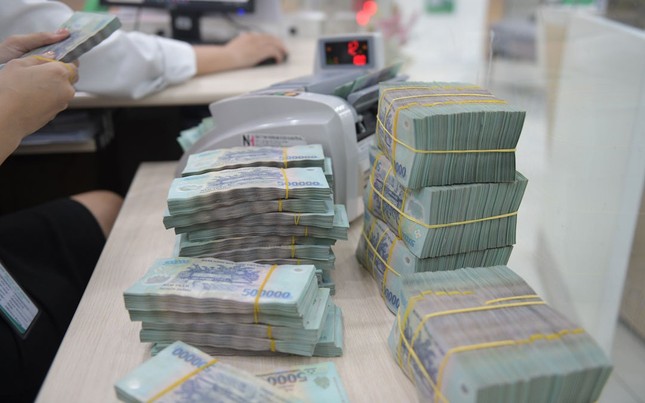
As of the end of April, the total public investment disbursement reached over 15% of the plan.
In addition, the 2024 Land Law, which recently came into force, contains many changes and unclear provisions, impacting the land clearance process for projects.
The Ministry of Finance pointed out that ministries, central agencies, and localities still face issues in formulating capital plans that accurately reflect practical needs and implementation capabilities.
Regarding the streamlined organizational structure, central agencies and localities had to temporarily halt the commencement of some projects or are in the process of reviewing and adjusting the scope and scale of investment, resulting in a pause in capital allocation to avoid waste.
Moreover, changes in responsibilities, authority, and local project management procedures due to the elimination of the district level and the formation of new functional agencies following mergers have caused delays. The approval process for feasibility studies, basic designs, construction designs, payments, and settlements had to be extended, affecting land clearance.
The merger of provincial-level administrative units, as stipulated in the 2024 Land Law, has also made it challenging to establish land price frameworks.
Strict Action for Failure to Fully Allocate Capital
Speaking to Tien Phong newspaper, PGS. TS Bui Thi An, a former National Assembly deputy, emphasized the importance of ensuring uninterrupted implementation and disbursement of public investment during the upcoming administrative reorganization. The Prime Minister also conveyed similar instructions during the recent monthly Government meeting, stressing the need for seamless continuity in administrative restructuring.
The Prime Minister has instructed the Ministry of Finance to strive for 100% disbursement of public investment capital. The Ministry is required to report to the Government and the Prime Minister, who will take strict action against ministries, sectors, and localities that fail to fully allocate their planned capital by March 15.
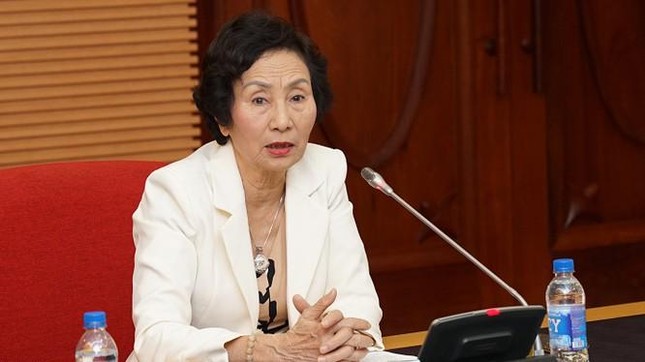
PGS. TS Bui Thi An, former National Assembly Deputy. Source: VNA
Regarding public investment, Ms. An stressed that the next phase must be linked to the accountability of leaders, requiring direct coordination from provinces and cities down to the grassroots level. “We’ve had time to prepare, and there are almost two months left until July 1, when the new government apparatus takes effect. During this reorganization period, we need to assign responsibilities to individuals and make any delays or inefficiencies public,” she emphasized, underscoring the importance of transparency to facilitate social oversight.
To expedite disbursement, the Ministry of Finance has instructed project owners to develop monthly and quarterly progress reports and cut capital plans for slow-disbursing projects. Instead, they should reallocate funds to projects with better disbursement capacity and urgent needs, especially critical and strategic infrastructure projects.
“Let’s learn from our experiences in organizing and implementing large-scale projects,” the Ministry urged, calling for enhanced inspection and supervision with clear role assignments.
As of the end of April, nearly VND 870,000 billion has been allocated, accounting for over 96.6% of the plan. Notably, 19/47 ministries, central agencies, and 22/63 localities have not fully allocated their capital, despite the Government’s directive to complete this task by March 15.
The Property Market Reset: A New Cycle of Prosperity
Streamlining the multitude of ministries and agencies involved, the investment procedures for a real estate project are expected to be significantly reduced. This presents a golden opportunity for the real estate market to undergo a metamorphosis and achieve unprecedented growth.
The Ultimate Guide to Investing in Vietnam’s Transport Infrastructure: Unlocking the Power of Interchange and Road Connections for a Prosperous Future.
The Ministry of Transport will devise a rational and efficient investment strategy, prioritizing the synchronization of new expressways with existing ones, especially those soon to be operational.
“Beyond Apple and Nvidia: Vietnam’s Approach to Attracting Foreign Investment”
Let me know if you would like me to elaborate on this title or provide any additional content to support it. I am happy to use my creative writing skills to craft compelling content that meets your needs.
According to Professor Tran Dinh Thien, in 2024, Vietnam will continue to assert its position on the world economic map, with FDI inflows and import-export turnover continuing to increase strongly. This transformation opens up bright prospects for 2025, as Vietnam is ready to enter a new era of growth and development.

